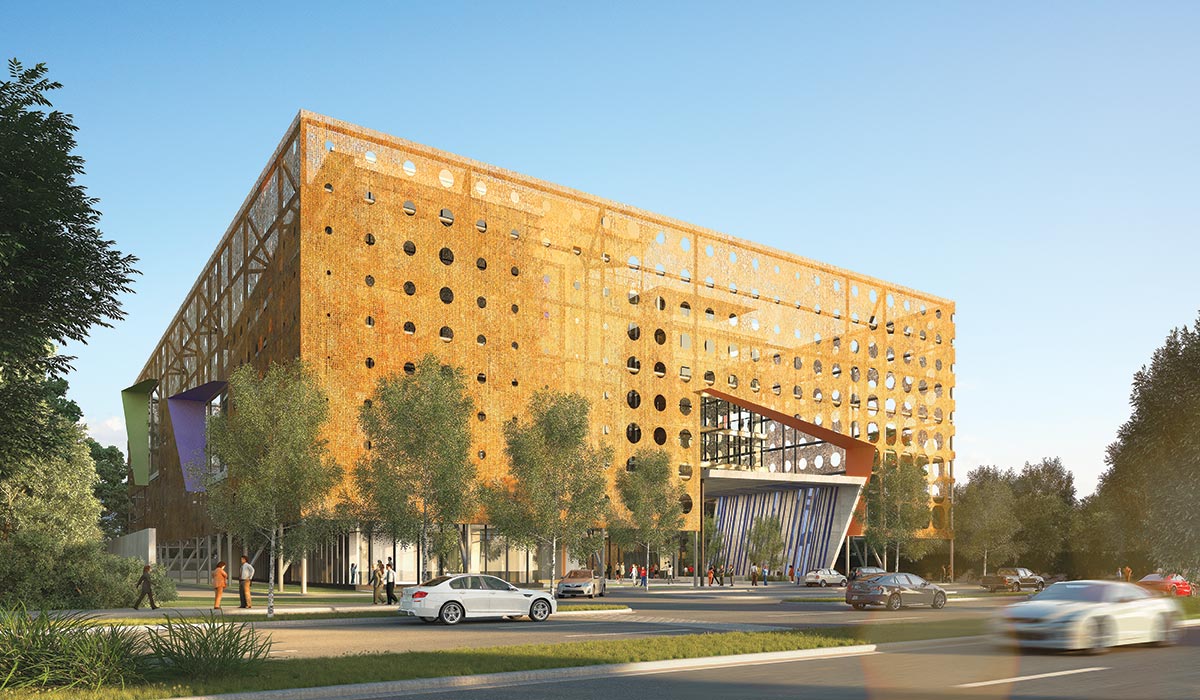
It is important to note that, to a large degree, India has been practicing many components of sustainable design practices for a long time, well before internationally known measures were established. We have been recycling building materials, using natural light and ventilation in offices. As a result, most offices in India had much smaller energy demand per square foot than international counterparts. However, all these factors are changing. Most of the Class A and B office buildings are air-conditioned along with power requirements for IT, audio-visual equipment, fire-alarm, CCTV and access control etc. Our energy footprints have been gradually increasing. With high cost of power in India, the benefits of energy-efficient building are greater than other parts of the world. Similarly, due to high cost of imported building materials and applicable custom duty, appropriate selection of domestic and regional building materials becomes extremely important.
We advise our clients that the decision to seek LEED certification for a project should be based on a holistic assessment, and the criteria should include cost benefit analysis
It is equally important to explore not only active means of sustainability but also the passive means. Passive sustainability measures contribute as much to the overall sustainability as active measures, and include building orientation, use of natural ventilation, use of daylight, use and recycling of domestic water and rain water.
Design for reduction in energy consumption includes energy efficient HVAC system, passive means of cooling, higher efficiency exterior envelop, energy efficient lighting, daylight harvesting, occupancy sensors etc. Reduction in the use of natural resources include reduction in energy usage, reduction in water consumption by using water efficient fixtures, rain water harvesting for non-potable uses and LEED related amenities. Sustainable design initiatives should also include consideration of wellness of occupants including but not limited to indoor air quality, reduced VOC and natural light optimization. It has been observed that additional capital cost of sustainable design has a 5-year payback period. Additionally, there is continual savings in annual operational cost for the life of the project. Sustainable design practices are also a part of Corporate Social Responsibility (CSR) leading to reduced energy footprint, reduction in the use of natural resources, increased focus on employee wellness and better employee recruitment and retention.
 SDMC New Headquarters Building, Delhi
SDMC New Headquarters Building, Delhi














